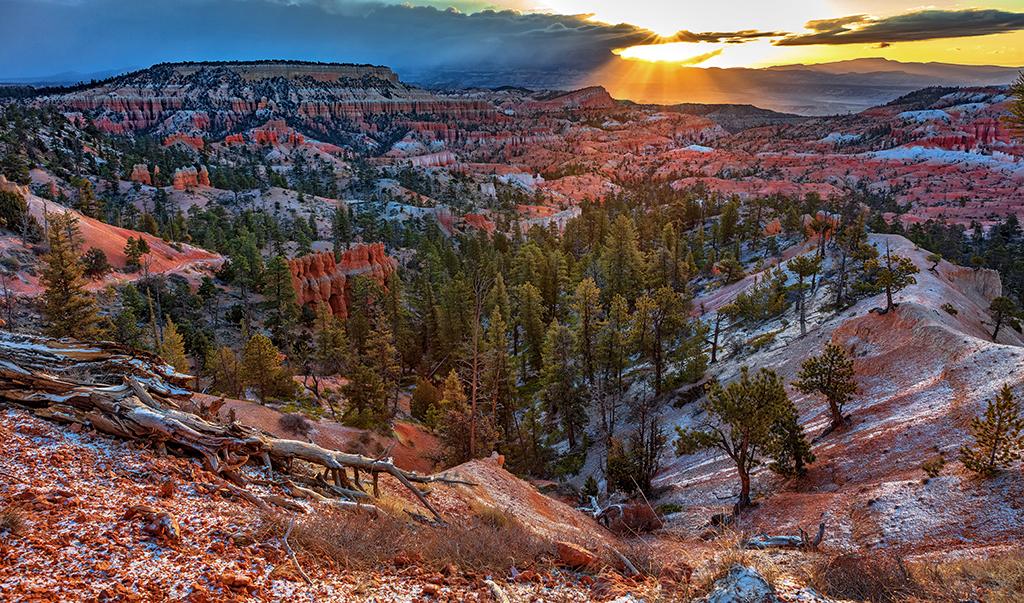
A swath of sunlight bathing the landscape, Bryce Canyon National Park / Rebecca Latson
I'm a Trekkie. For those of you not in the know, that means I'm a Star Trek fan. My favorites are the original episodes, for all their political non-correctness. Among my favorites is the episode "Is There In Truth No Beauty," which I thought an appropriate title to this month's column.
I’ve been guest-posting on the Traveler’s Instagram page @national_parks_traveler. The Traveler follows hundreds of other Instagrammers and their national park/national monument/national recreation area/national historic site-related imagery. The photos from those other accounts are pretty, educational, and uplifting. A number of those images are downright stunning.
As a photographer, I can tell you that quite a few of those stunners have undergone their fair share of editing.
For instance, the starry night photos you may see of the Watchman and the Virgin River in Zion National Park with the perfect lighting on both river and mountain even in the dark of night. Those are composites of two or more images blended together. Some photographers will state how many shots it took to create that composite, while others remain silent about it. Is it a beautiful image? Yes. Is it an honest image, true to the original scene? Well ... sure. The photo was taken at an honest location within a national park, as opposed to a Hollywood backlot, and the photo depicts what you will see in that specific location during a visit to this park. But the photo itself has been manipulated beyond the average sharpening, saturation, contrast, and brightening adjustments. While the shot was captured at a beautiful landscape, there were a few enhancements made to that image, allowing the natural beauty of that scene to really pop out and catch the viewer's eye, even in the dark of night. Does that matter to you? Is a pretty image a pretty image, manipulated or not?
When I visited Zion in February 2018, I left my cozy cabin bed at 2 a.m., on a clear starlit night, lugging my cameras and tripod with the goal of achieving an image as close as I could manage to some of those gorgeous night shots I’ve seen on Instagram. Having never traveled to Zion before, I naively assumed the circumstances for achieving a stellar star shot (no pun intended) would be right in front of my eyes and I'd capture it all in one take. What I ultimately saw was very little because it was pretty darned dark.
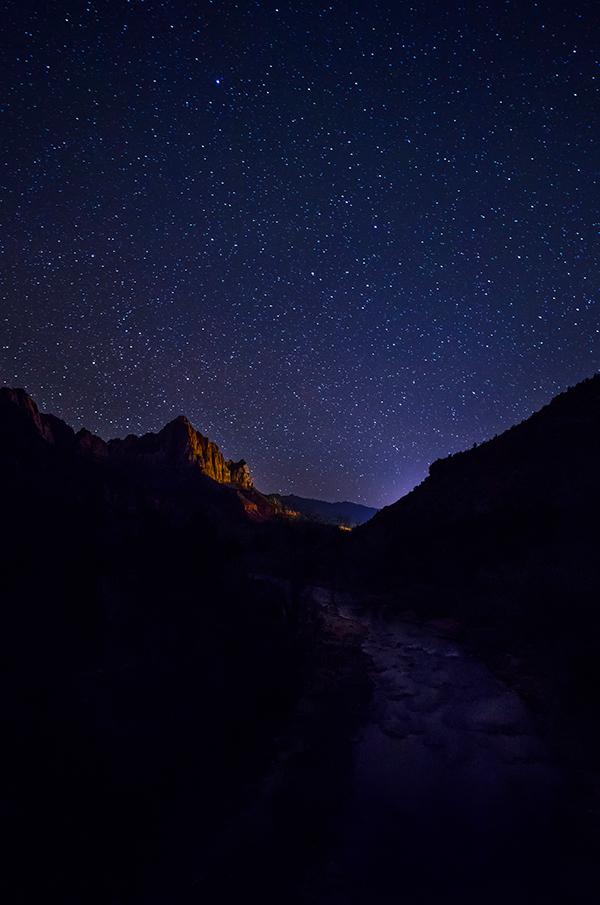
A starry winter sky over The Watchman, Zion National Park / Rebecca Latson
I believe most of us like our national park landscape images to look natural. But, what is natural? If the image is dull, do we think that is what the natural landscape looked like? If the image is colorful, do we automatically assume it’s overdone, simply because there is so much saturation to the scene? When you visit Bryce Canyon National Park, with it’s already-colorful rock formations set afire by the glow of the morning or afternoon sun, do you think that's overdone? I’m not kidding when I tell you that the brilliant hues of gold and orange are indeed that deeply saturated on a clear, sunny morning or late afternoon.
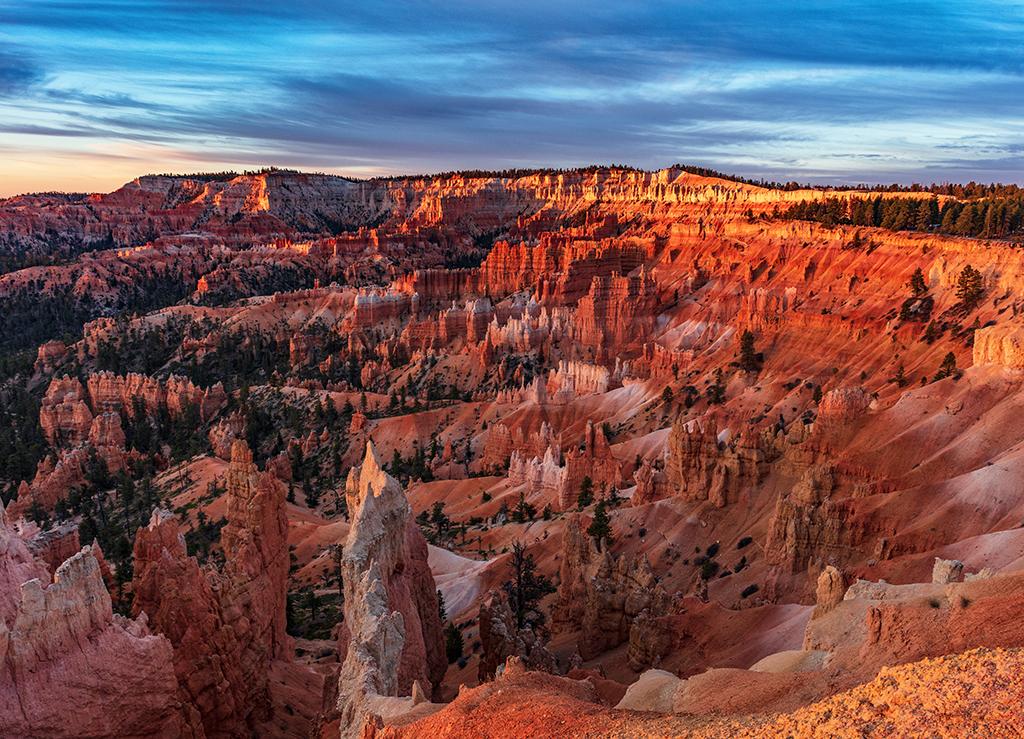
A golden sunrise at Sunrise Point, Bryce Canyon National Park / Rebecca Latson
Overediting
I’ve mentioned this in an article or two before: I believe every photo needs a degree of editing. The camera captures all of the data it sees, but the resulting image doesn’t always deliver what you originally saw due to issues with lighting, color, or exposure settings. The data is there, and it’s up to the photographer to bring forth the beauty of the composition. Ansel Adams used dodge-and-burn techniques to selectively emphasize details within his prints. So does it even matter when a photographer might put some extra effort on a swath of sunlight glazing the trees in a valley? A pretty picture is a pretty picture, and we all appreciate the stunning national park images we see in print and on screen. In my opinion, though, there is such a thing as overprocessing an image. I've been reading Glenn Randall's "The Art, Science, and Craft of Great Landscape Photography," and he recognizes "there are significant differences between viewing the real world and viewing a photograph of it." I, personally, dislike landscapes that are heavily edited to the point of being unnatural. In the images below, the first of each photo is the original finished product, and the second shot of the same scene is deliberately overprocessed. Of course, photography is a subjective art, and what I think is overdone, others might think of as quite avant garde.
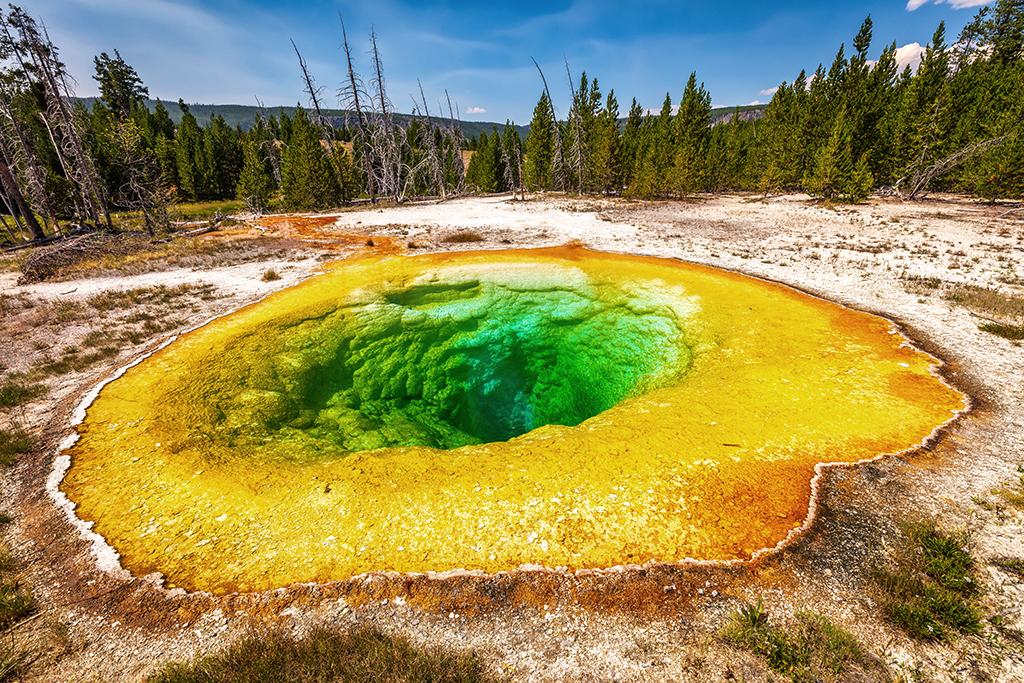
Morning Glory Pool - original edit, Yellowstone National Park / Rebecca Latson
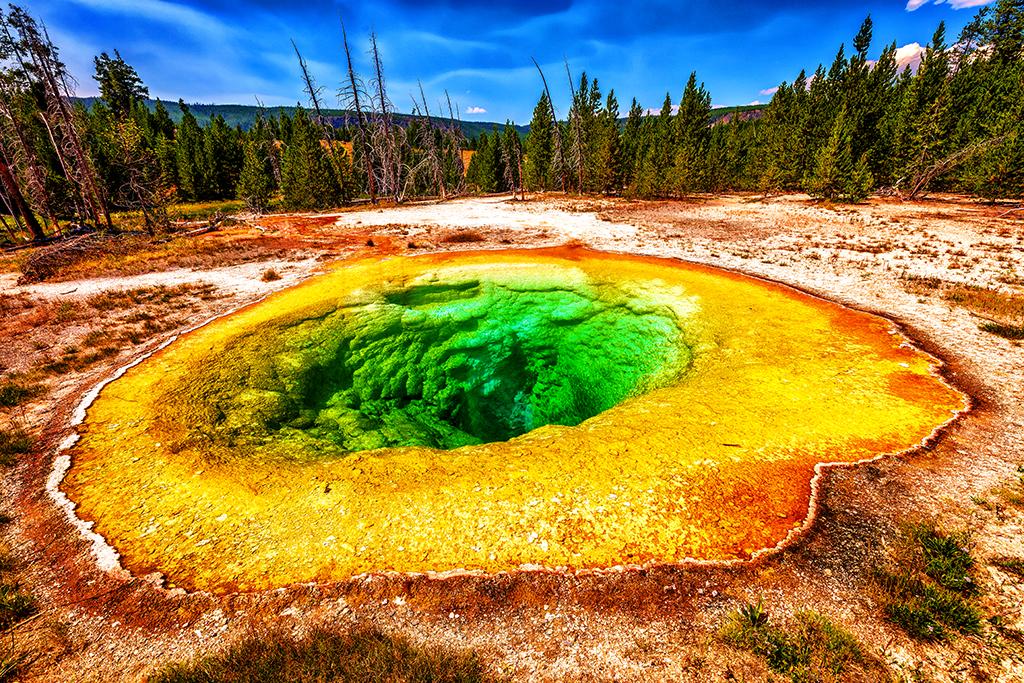
Morning Glory Pool - over-edited, Yellowstone National Park / Rebecca Latson
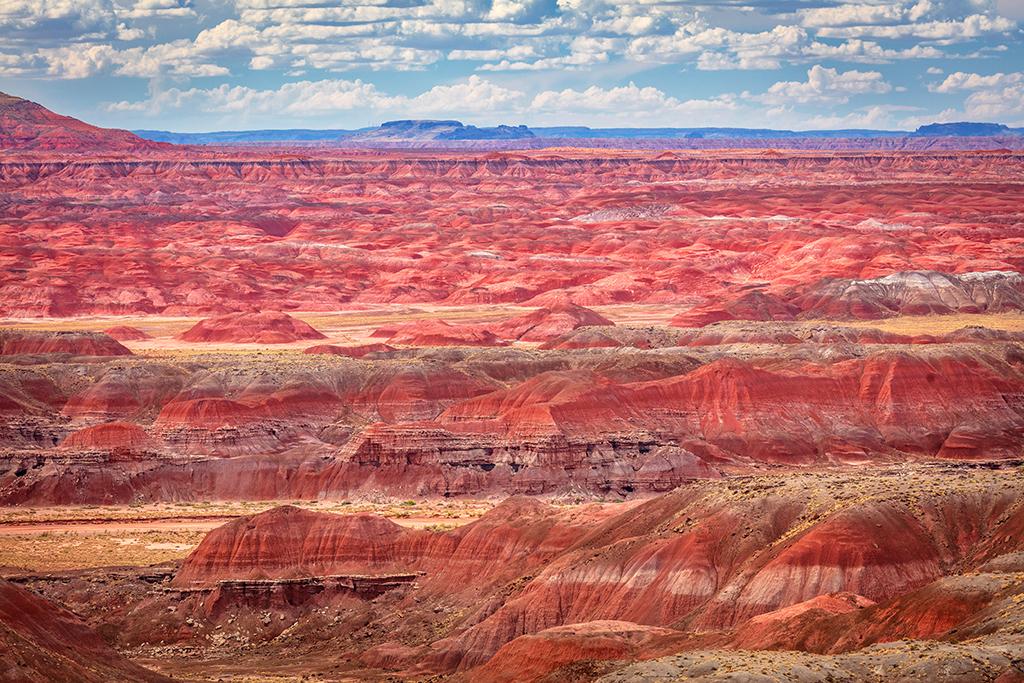
Painted Desert seen from Kachina Point - original edit, Petrified Forest National Park / Rebecca Latson
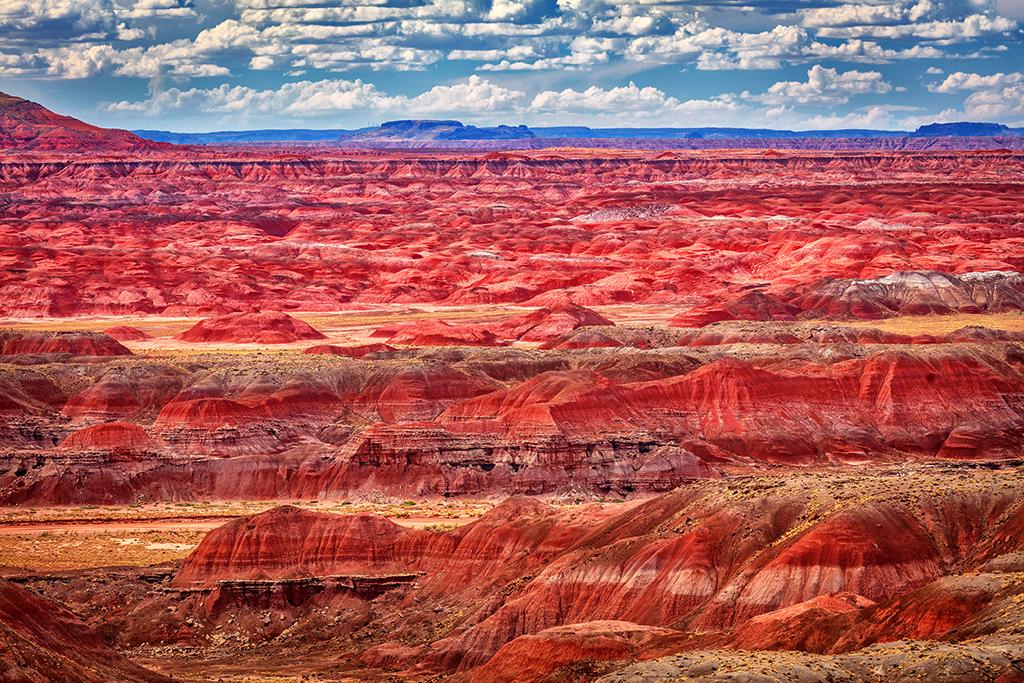
Painted Desert seen from Kachina Point - over-edited, Petrified Forest National Park / Rebecca Latson
Removing extraneous objects from an image is called “cloning out” and is easily accomplished via Adobe Photoshop’s clone tools, which utilize a process called “Content Aware.” With a simple click of the mouse, cloning removes sensor spots as well as people and cars who get in the photographer’s way.
Ah, removing objects and people. When is it OK to clone something out, aside from sensor spots (those round blobs you see on your photo when your camera's sensor has dust particles)? A photographer I know believes that if the photo is for journalistic purposes, then it should be left as-is, but if it’s to be showcased as fine art, then knock yourself out. I agree that journalistic photography should remain true to the scene, and while we want our fine art landscape photography to be true to the scene as well, maybe that swath of sunlight still needs a little bump of the color and glow tools, or the removal of that one person who got in the way of our perfect composition at the last minute.
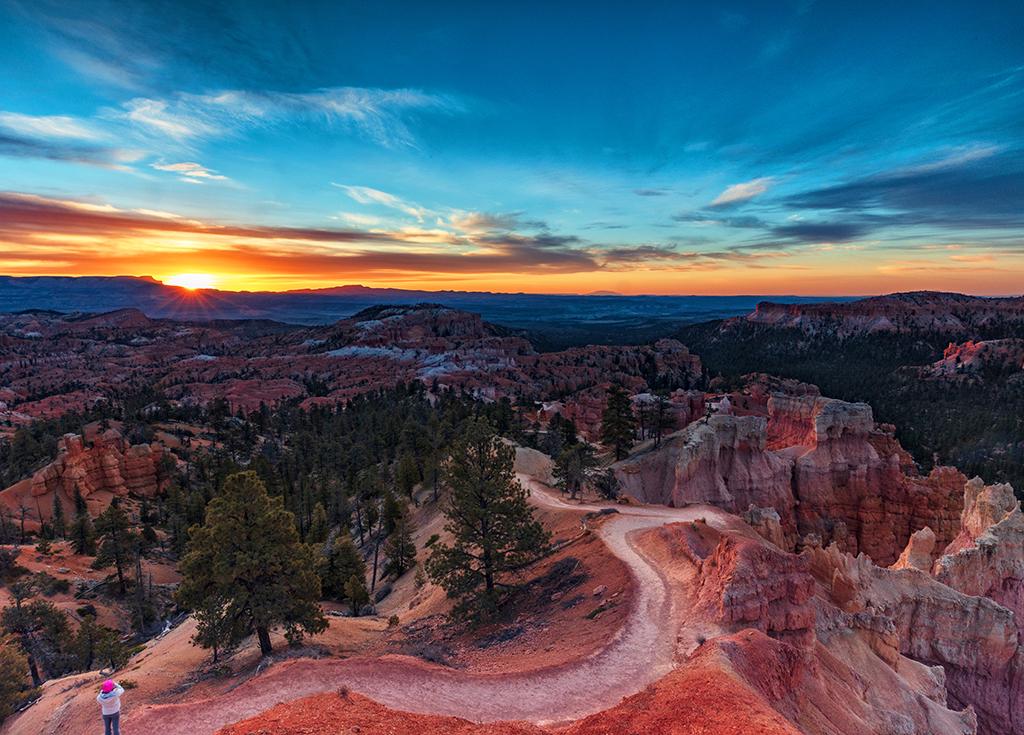
Sunrise at Sunrise Point - original edit, Bryce Canyon National Park / Rebecca Latson
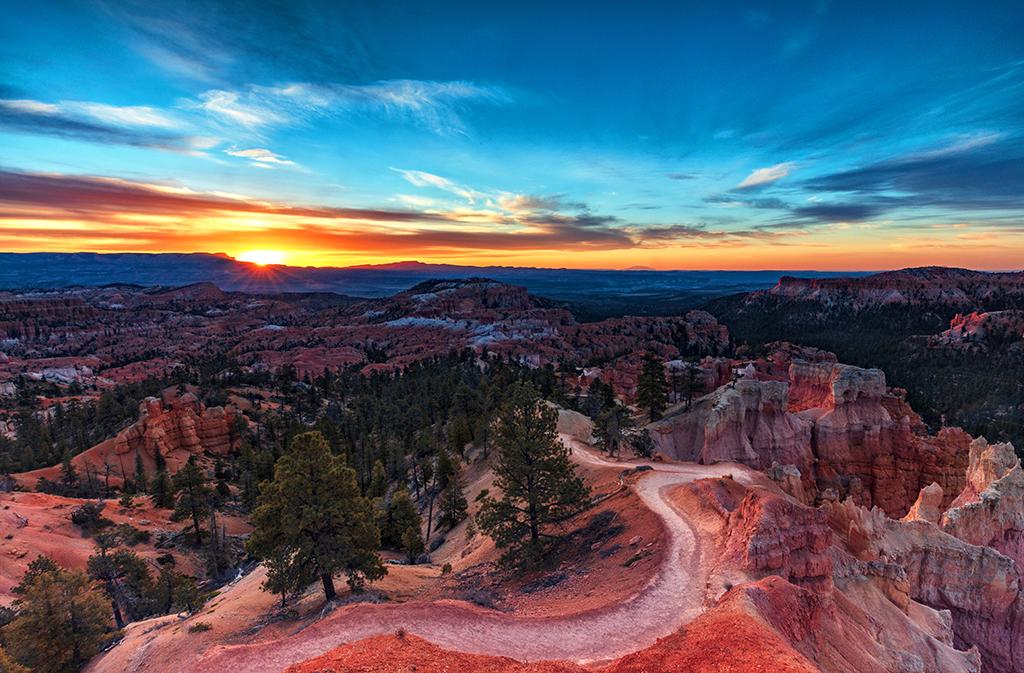
Sunrise at Sunrise Point - person cloned out, Bryce Canyon National Park / Rebecca Latson
OK, so back to my original questions: Is there such a thing as too much enhancement, and does it make a difference? My personal opinion is that you can edit an image too much. Whether it makes a difference is really up to you. If you think the national park image is pretty and it entices you to visit, then no matter how much it’s edited, that photo has accomplished the goals of getting you to like the shot and to go see the beauty of that particular national park firsthand. Any alteration is inconsequential. The caveat is that you might be disappointed upon your arrival at a specific view to discover it's not quite what you'd expected based upon others' shots.
I personally applaud photographic honesty. I appreciate those photographers who will tell the viewer up front that there is an alteration to the image, such as multiple exposures of the same scene blended into a new and improved whole. That declaration won't change how much I like the image, but it will earn my respect of that photographer. As far as I am concerned, at least for a national park photo, honesty is the best policy. I'm not the only one who thinks that. The Share The Experience photo contest hosted by the National Park Foundation, in partnership with six other federal agencies, stipulates in their guidelines that images entered must not be "altered or manipulated except for minimal cropping, red eye removal and/or adjustment of contrast, brightness or saturation. Photo techniques such as HDR or long exposures are accepted." I'm a little surprised about their acceptance of HDR and long exposures, so I guess they consider a little manipulation to be acceptable. Note: HDR (high dynamic range) is a technique whereby bracketed exposures of a high-contrast scene are combined using an algorithm to create a single image displaying a greater range of, well, everything (color, luminance, depth, etc.). Trust me when I tell you it's very easy to overdo an HDR image; I've seen very few that I actually like. Again, though, it's all subjective.
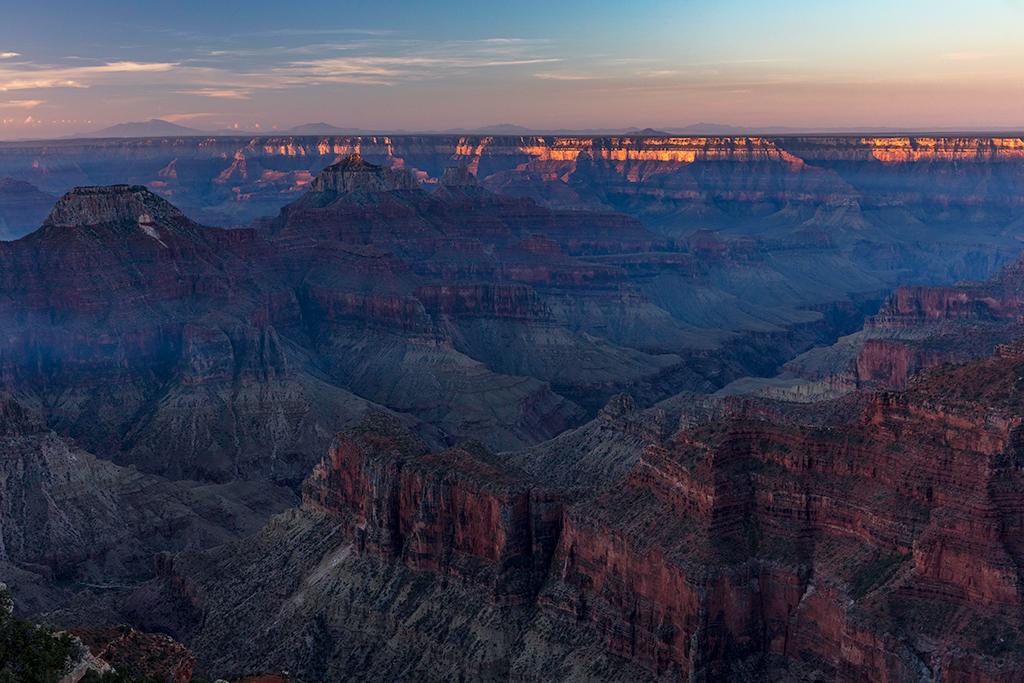
A North Rim sunrise - bracket shot original, Grand Canyon National Park / Rebecca Latson
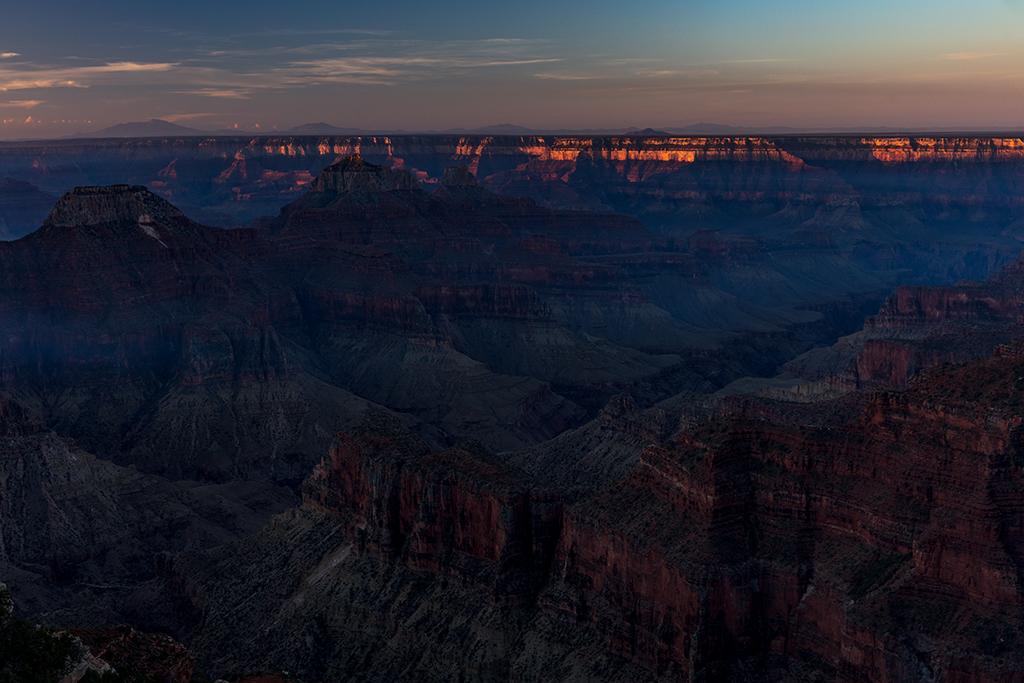
A North Rim sunrise - bracket shot dark, Grand Canyon National Park / Rebecca Latson
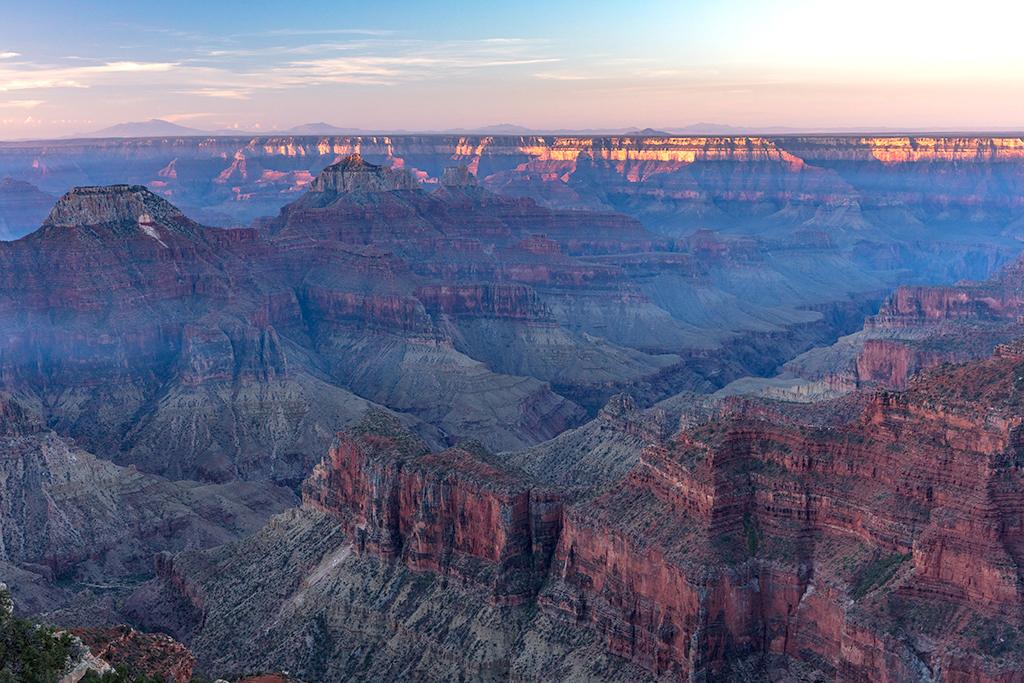
A North Rim sunrise - bracket shot light, Grand Canyon National Park / Rebecca Latson
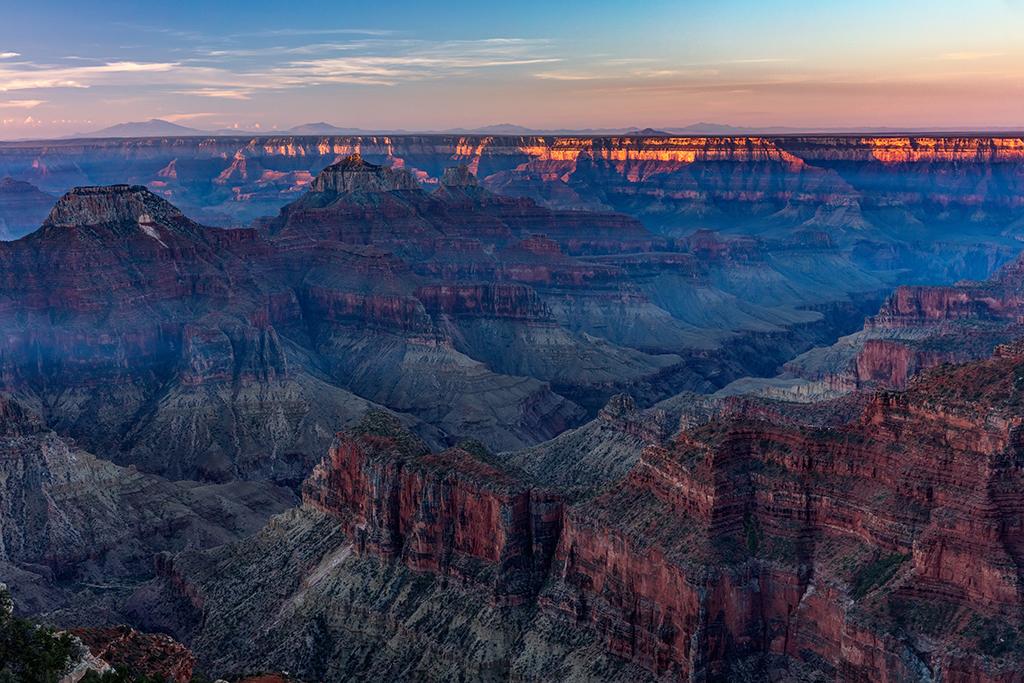
A North Rim sunrise - final HDR shot, Grand Canyon National Park / Rebecca Latson
For the record, I don't like light-painting, either. I don't think the majority of people wishing to enjoy the silhouetted rock formations against the starlit sparkle of the night sky want to suddenly see the glare of someone's flashlight or other colored artificial lighting device against the rocks. Some national parks, like Grand Teton National Park, Arches National Park, and Canyonlands National Park, have banned the use of artificial light for photographic purposes at night. The wording of these bans, however, seem to be more specific for commercial-use photography, like workshops and other commercial groups as opposed to a single photographer out for a few night shots. The NPS sites for each park don't always clarify whether or not light painting is banned, and if they do have a ban in force, you must dig further into the specific national park's site to find this out. In my opinion, the NPS needs to be much clearer regarding this issue.
But, enough about what I think. What are your thoughts about this?



Comments
Rebecca, it may come down to whether the photographer considers himself/herself a photojournalist or photographic artist. The former has a responsibility to capture the scene - the truth - with all it's beauty and flaws. The photographic artist, like an oil, acrylic, watercolorist or sculptor tries to capture and portray what they see in their mind's eye and may remove/ignore distractions and/or enhance scenes to achieve a specific artistic sentiment.
I don't know that either is right or wrong. I believe it depends on your self vision.
Becky, As Tom has said, it all depends upon the purpos of the photo. This is an issue that I struggle with with every photo that I make and edit. Even the basic capture of an image is a manipulation of a scene, since the camera sensor (or film) does not capture the light/scene as our eyes do or as our brains translate the light into an image. Also, the camera settings affect the captured image and all photographers use camera settings for artistic as well as journalistic effects. Even the lens and various filters used affects the image and can render a scene completely differently than our eyes see the scene. Camera sensors can also record incredible detail that our eyes might not detect, then that detail might be brought out in post image edits. I think the modern digital camera sensors and the great variety of lenses available make us look at scenes more carefully and consider the possibilities for post processing. In the end, I think photography is mostly an art form, so how far the processing is pushed is a subjective matter for the photographer. Some will like the results and some will not, as with all art. I tend to like more realistic images, but what is realistic? We have already affected the image in the very act of capturing in via a camera.
Honesty is the key, I like to take my RAW until it is colorful but believable. Our RAW file and its muddied 32 million colors needs processing to get out what is there; can I remember what was there? I also have stayed at the computer so long that my perception of color is altered, I'm glad we can undue what we have done; hopefully before we have uploaded.
Tom Till had a great article about this in OP a couple of years ago. He reprocessed some of his best sellers to tone down the color, likely at a cost of future sales, he assessed integrity and made a judgment that could slow sales. I always try to mindflull of Tom;s wise words. I have had some extradornary sunsets that were unbelievable but true, I desaturated them so people wouldn't think that I was a wild color photoshopt guy.
I am always hoping I don't cross the line from believable to to "wild color photoshopt guy" Now I know some that make a fine living by selling oversaturated prints, some admit it. There is a gamat of range between art and journalism. We choose where we want to be in the spectrum. I woulld hate photo art to be held to journalistic standard. Journalistic standard in many ways has become it's own joke.
I admire those how will put in six hours into a milkway artwork, making a fine composite, as long as it is reasonablley true, someone though recently got busted for phony night sky photos published in Net Geo, of course she blamed it on the inturn. Her carreer hopefully is over.
Your side by side exapmples above Rebecca proved the more natural photos were more appealing, at least to me.
HDR, layered exosure comps etc. used correctly help expose the dozens of millions of colors we can see with our eyes that have such a greater dynamic range than our gear. It was a relief to see the radical HDR fall out of popularity. Content aware fill, what an amzing gift from Adobe.
I have told a few close friends that if my color becomes one step beyond, slap me up the side of the head.
Looking at the overkilled photos of nature I wonder sometimes how can a photo of nature look so unnatural!
Images processed to show unreality or enhanced reality are artful and should be clearly labeled as such. I recall a photographer commenting that Ansel Adams images were more about his ideas in the darkroom than about the scene as captured.
These days some beautiful work is done with software and I admire some of it for the beauty and the skill. However we should avoid images that convey the impression that if you go there this is what you will see. if in fact you cannot see it except as in an image.
My comment is simple - I completely agree with your article.